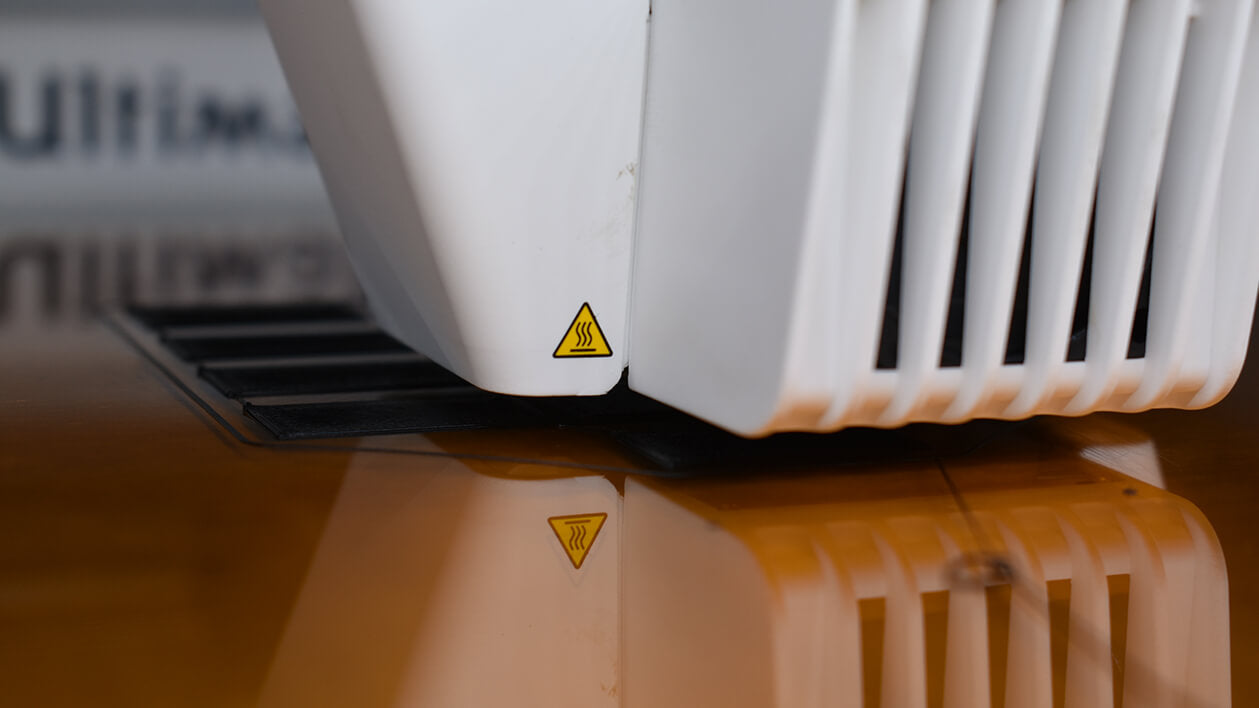Tg and Thermal Properties Chart
Many of you have asked for data on thermal properties, such as the glass transition temperature (Tg) for our materials. We complied this graphic to highlight this data and arrange it from lowest to highest. Essentially, the Tg is the temperature under which you would expect to retain a good amount of the mechanical properties of a given material. Likewise, once you exceed the Tg, the material starts to lose some of its ability to withstand loading.
This effect is different for amorphous (AM) and semi-crystalline (SC) materials, but in the 3D world, the Tg is used pretty much the same regardless of the morphology of the polymer. While technically this isn't accurate since SC and AM materials behave differently after their respective Tg's, it is a pretty good indicator of what to expect for a given polymer at elevated temps.
It shouldn't be too surprising the PLA is the lowest whereas Ultem® PEI is the highest. You might also note that the Tg of the carbon fiber grades are the same as the unfilled ones (CF-PETG vs. unfilled PETG). That's because the Tg is a resin property and not effected (for the most part) by reinforcements. The same cannot be said of some other measures of thermal performance, such as the heat distortion temperature (HDT) of a polymer. It's possible to greatly enhance the HDT by the addition of structural reinforcements, especially in semi-crystalline materials. But alas, that's a topic for another day.
Most material data can be found in sheets posted on the product page or here in our data sheets tab!







